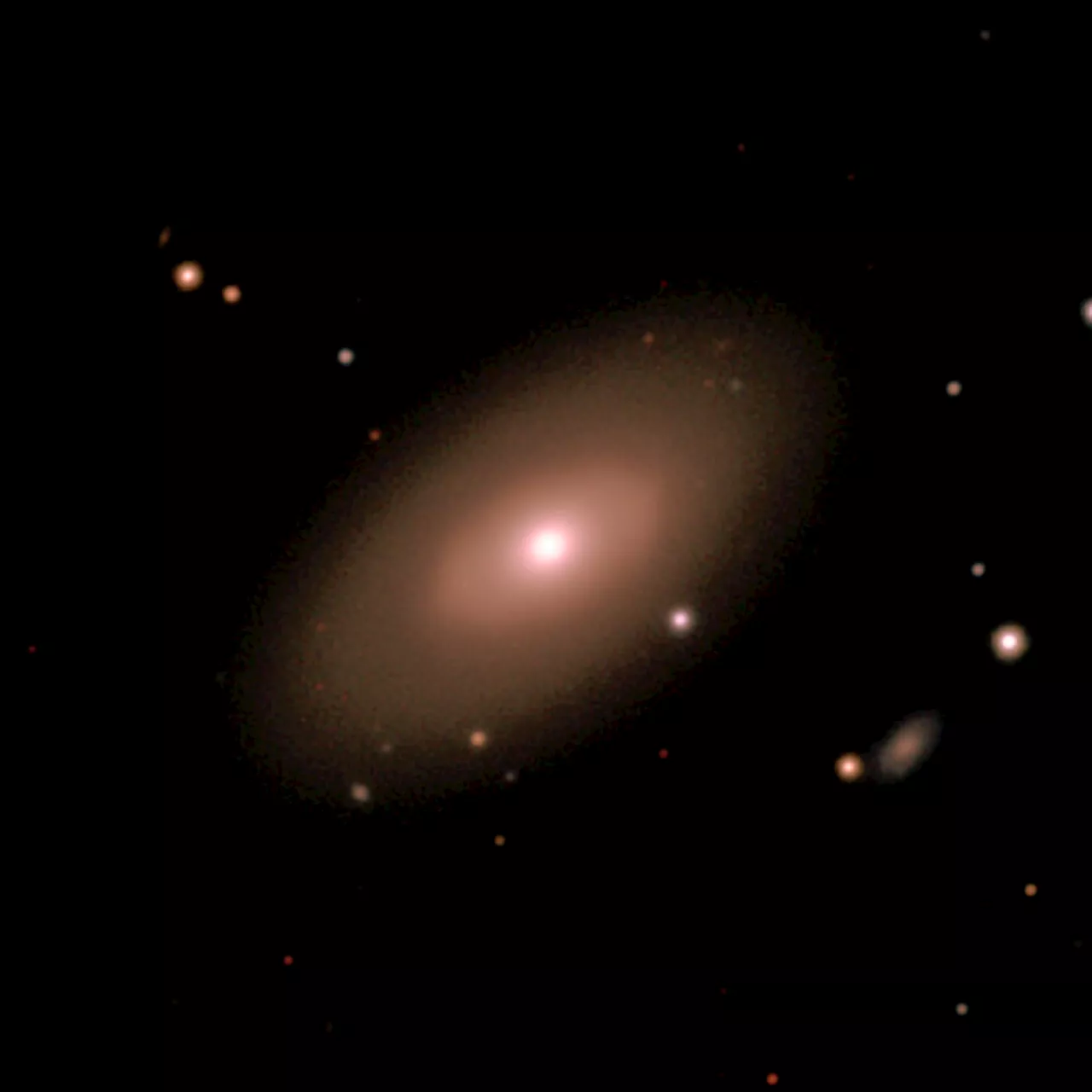Astronomers at the W. M. Keck Observatory on Maunakea, Hawaiʻi Island, have made significant strides in understanding the formation of planets by observing the dusty regions where they originate. Their research focuses on a young star named HD 34282, approximately 400 light-years away, and forms part of the study titled “The Search for Protoplanets with Aperture Masking,” commonly referred to as SPAM.
Lead author Christina Vides, a graduate student at the University of California Irvine, emphasized the importance of this research. “We all want to know where we came from and how our solar system formed,” she stated. “By studying systems like this, we can watch planet formation in action and learn what conditions give rise to worlds like our own.” The findings were published in The Astrophysical Journal.
Exploring Planetary Nurseries
The research team utilized the Near-Infrared Camera (NIRC2) at the Keck Observatory, which allows astronomers to observe closer to a star compared to traditional imaging methods. The observations of HD 34282 revealed a thick ring of dust and gas, known as a “transition disk,” which is believed to be shaped by the gravitational effects of forming planets.
By employing advanced instrumentation and adaptive optics, the team achieved the most detailed view yet of the inner regions of the disk surrounding HD 34282. They discovered clumpy structures and brightness variations that suggest potential planet-forming activity. While no confirmed protoplanets were detected, these observations provided crucial information regarding the star’s mass and accretion rate—data essential for modeling how surrounding material might evolve into planets.
Rarity of Protoplanet Discoveries
Detecting protoplanets remains an exceptionally rare and challenging endeavor. Only two confirmed protoplanets, PDS 70 b and PDS 70 c, have ever been directly imaged, both discovered in 2020 by Caltech researchers using the same NIRC2 instrument. Each new observation advances the understanding of how planetary systems emerge from disks of gas and dust.
“This work is pushing the boundaries of what we can see,” Vides noted. “Keck’s adaptive optics and masking capabilities enable us to resolve features just a few astronomical units from the star—regions that are otherwise completely invisible.”
Looking ahead, the team plans to utilize Keck’s advanced instruments to observe other young stars with promising disks as part of the ongoing SPAM project. They are also preparing for future observations with next-generation equipment, such as SCALES, a high-contrast imager under development for the Keck Observatory.
“Every new system we study helps us understand a little more about how planets form and evolve,” Vides added. “It’s incredible that we can point a telescope at a young star hundreds of light-years away and actually see the conditions that could give rise to new worlds.”
For more details on this research, see the study by Christina L. Vides et al, titled “NIRC2 Interferometric Imaging of the HD 34282 Transition Disk’s Small Grain Structure,” published in The Astrophysical Journal (2025). DOI: 10.3847/1538-4357/ae0932.







